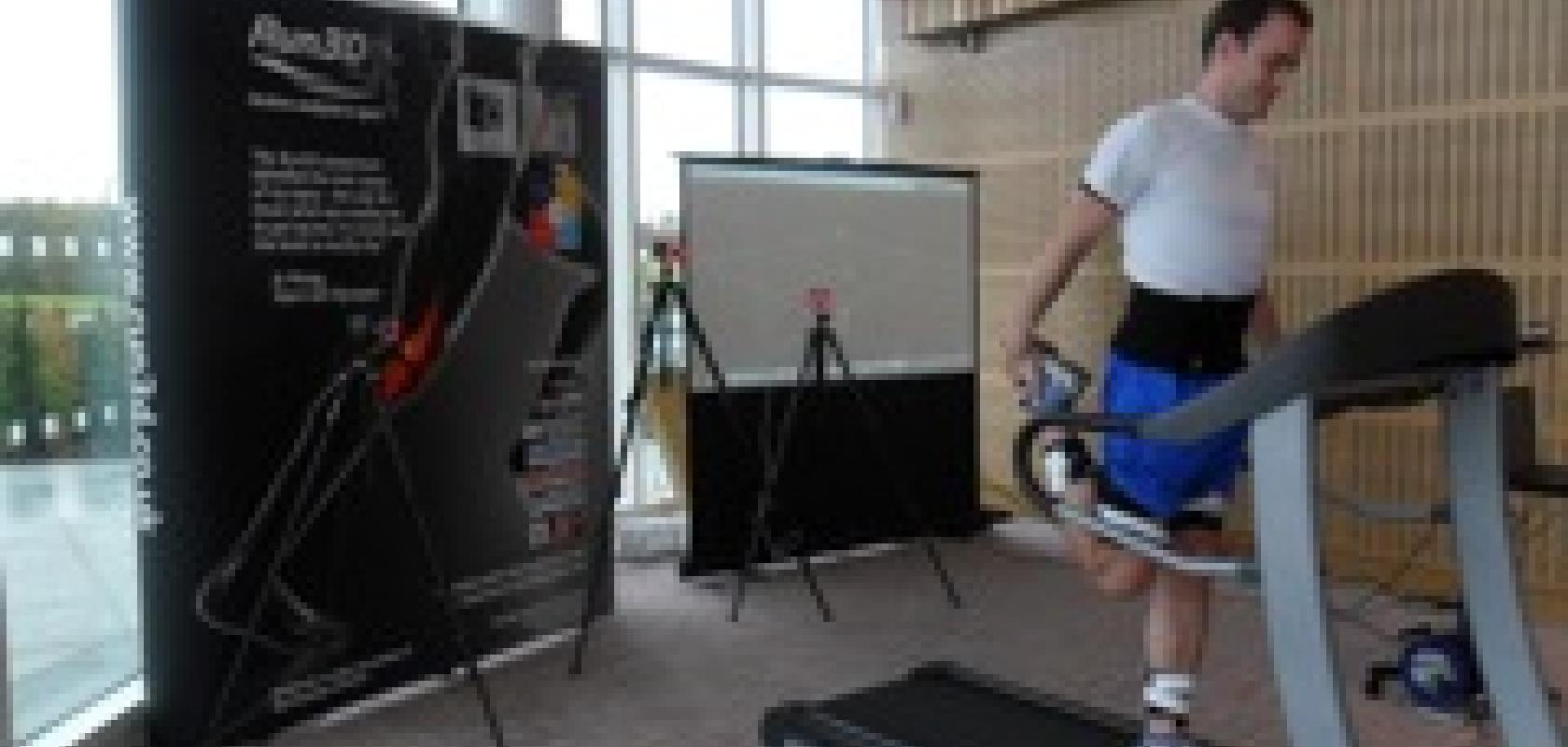The latest spin-out from the University of Oxford, Run3D, offers Europe’s first computerised three-dimensional assessment for preventing overuse injuries – which affect 50 per cent of runners.
Run3D’s service uses 3D motion analysis, checked against the world’s largest bio-mechanical database, to identify any abnormal patterns in a runner’s gait. These abnormal patterns are often the root cause of an injury which, once corrected, can prevent any recurrence.
At the heart of the Run3D service is a multiple infrared camera system linked to a sophisticated data acquisition system, which has been developed by Professor Reed Ferber at the Running Injury Clinic, University of Calgary, Canada.
A full assessment takes two hours and is backed by expert advice from a team headed by Dr Jessica Leitch, CEO of Run3D. Dr Leitch began working on the service after completing her doctoral studies in running injury biomechanics at Oxford University’s Department of Engineering.
Dr Leitch said: 'An accurate analysis of a runner’s biomechanics is fundamental to understanding the root-cause of a musculoskeletal overuse injury and to delivering a long-term solution to optimal running. Conventional video-based systems are subjective and not sensitive enough to detect the subtle abnormalities that can lead to injury.
'Run3D’s unique and rigorous approach provides an objective and scientific service, which delivers an effective and evidence-based programme that is tailored very specifically to that individual.'


